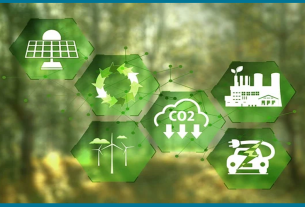Morocco is accelerating its green energy strategy with the approval of $32.5 billion in green hydrogen projects aimed at cutting industrial emissions and positioning the country as a key player in Europe’s energy transition. The projects, valued at 319 billion dirhams, target ammonia, steel, and fuel production, and align with Morocco’s broader renewable energy goals.
Key Players & Strategic Partnerships
A mix of global energy giants will lead the charge, including U.S.-based Ortus, Spain’s Acciona, and Germany’s Nordex for green ammonia production. Acwa Power from Saudi Arabia will drive green steel production, while Taqa (UAE) and Cepsa (Spain) will focus on ammonia and fuel. Additionally, China Three Gorges and UEG will collaborate on ammonia production.
These ventures will span up to 30,000 hectares of land each, marking a significant land allocation for renewable hydrogen projects. This development supports Morocco’s goal of becoming a major supplier of green hydrogen to the European Union, with plans to export 10 million tons of renewable hydrogen by 2030.
Morocco’s Renewable Energy Vision
Morocco aims to expand its renewable energy capacity, already at 45%, to 52% by 2030. This green hydrogen push plays a pivotal role in both domestic energy goals and export ambitions, aligning with the European Green Deal.
The Moroccan government’s push for green hydrogen began in 2023, with agreements signed with global players like TotalEnergies and Engie to advance green ammonia production. This recent wave of investments further cements Morocco’s strategy to become a leading supplier of green energy, especially to European markets.
Long-Term Impacts and Objectives
The $32.5 billion investment will drive industrial decarbonization, particularly in sectors like ammonia and steel production, while reducing Morocco’s carbon footprint. As Morocco continues to ramp up its renewable energy investments, the country is positioning itself as a green energy hub for Europe, leveraging its strategic location and renewable resources to meet both domestic and international energy demands.
